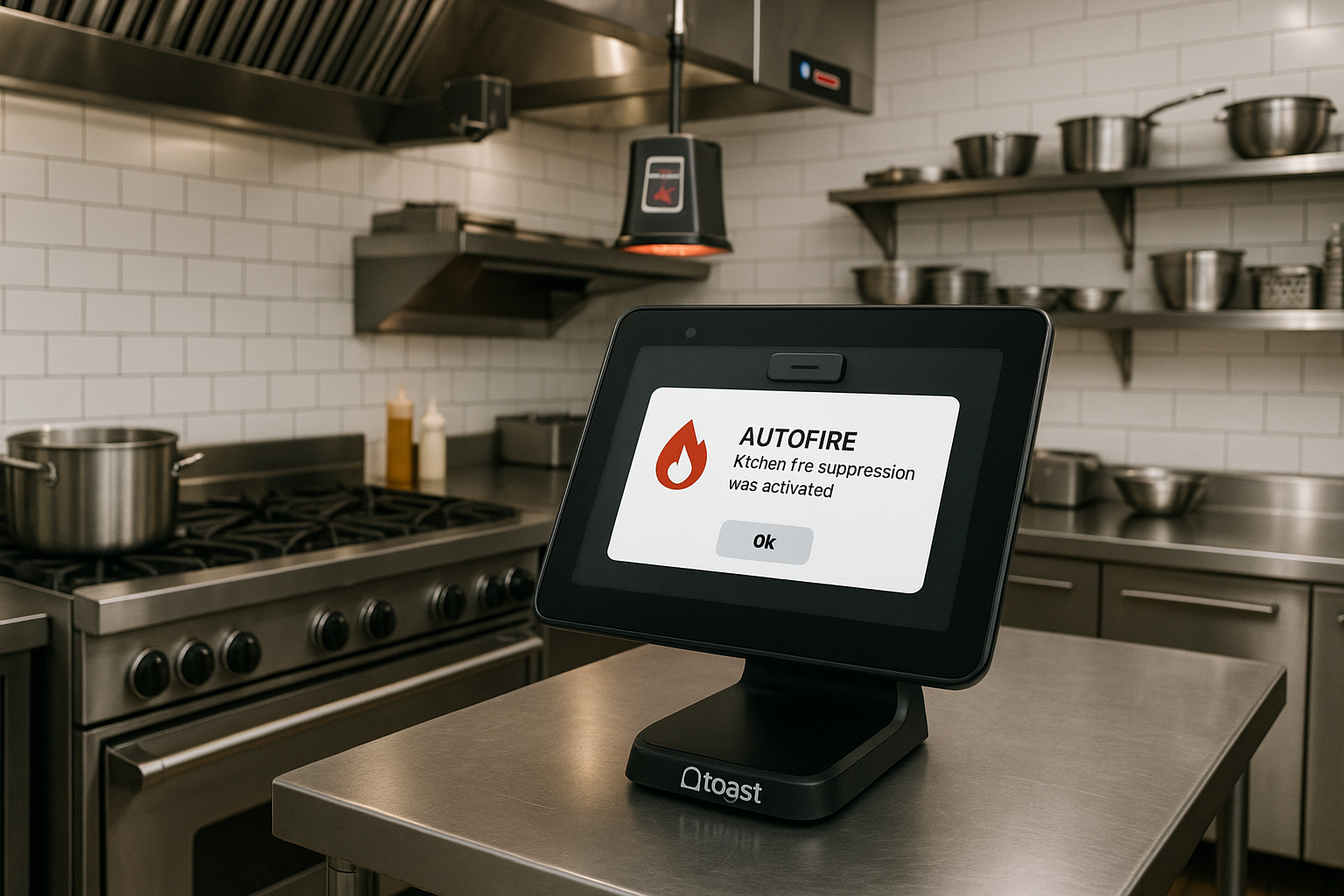Understanding Menu Management in Clover POS
Managing your restaurant menu is a vital aspect of ensuring your business remains relevant, competitive, and appealing to your customers. Clover POS offers a user-friendly interface that allows restaurant owners to efficiently modify their menus, whether to introduce new items, adjust prices, or remove outdated options. Understanding the functionalities available within Clover POS is key to maximizing your menu’s effectiveness and enhancing the customer experience.
With Clover, you can easily access your menu management tools to make real-time changes that reflect your restaurant’s current offerings. The platform allows users to categorize menu items, apply discounts, and organize pricing structures, making it simple to maintain an updated menu. Familiarizing yourself with these tools not only helps streamline operations but also ensures your team can respond quickly to customer demands.
Furthermore, as market trends evolve, staying agile with menu modifications is crucial. Clover’s menu management capabilities can help you capitalize on seasonal ingredients and popular trends, ensuring your offerings resonate with your audience. By leveraging these functionalities, you can ensure that your restaurant remains a favorite destination for diners.
Step-by-Step Guide to Edit Your Menu
To make menu changes in Clover, follow these straightforward steps to ensure a smooth update process. First, log into your Clover Dashboard and navigate to the “Items” section where all your current offerings are displayed. Here, you can view, edit, or delete items with ease. To modify an existing menu item, simply select the item you wish to change and edit the relevant fields, such as item name, description, price, and category.
If you’re adding a new item to the menu, click on the “Add Item” button. Fill in the necessary information, including the item name, description, pricing, and any applicable modifiers that enhance the dining experience. Remember to upload high-quality images to attract customers’ attention. Once you’ve completed these steps, save your changes to update the menu in real-time.
Finally, it’s essential to communicate these changes to your staff. Ensure that waitstaff and kitchen personnel are aware of any new items or modifications to existing dishes. This not only prevents any confusion but also empowers your team to inform customers about the latest offerings, ultimately enhancing their dining experience.
Common Menu Changes and Their Impact
When running a restaurant, certain menu changes are more frequent and can have significant impacts on sales and customer satisfaction. For example, introducing seasonal dishes can attract repeat visits from customers eager to try new flavors. Similarly, removing underperforming items can streamline your menu and improve overall efficiency, allowing your kitchen staff to focus on popular dishes.
Another common change is adjusting prices in response to cost fluctuations. It’s vital to analyze the impact of any price changes on customer demand and perception. Transparency with your clientele regarding price adjustments can help maintain trust and loyalty. Offering value promotions or limited-time discounts can counterbalance these increases and encourage patronage.
Moreover, keeping an eye on industry trends also plays a crucial role in shaping your menu. Whether it’s introducing plant-based alternatives or incorporating local ingredients, these changes can enhance your restaurant’s reputation as forward-thinking and socially responsible. By staying attuned to your customers’ preferences and market trends, you can ensure that your menu remains appealing and profitable.
Best Practices for a Seamless Menu Update
To achieve a successful menu update, adhering to best practices is essential. One of the most important steps is to plan ahead. Take the time to analyze current sales data and customer feedback to identify which changes will have the most positive impact. Establish a timeline for implementing updates, ensuring minimal disruption to service during peak hours.
Communication is also key. Ensure that your entire staff is informed about the changes well ahead of time. Conduct training sessions to familiarize everyone with new items, modifications, and pricing structures. Empower your team to engage with customers, providing insights about the new menu changes and making recommendations based on preferences.
Lastly, monitor the performance of the updated menu closely. Collect customer feedback and track sales of new items or changes over a set period. This data will help you refine your menu further and make informed decisions in future updates. By following these best practices, you can ensure that your menu modifications are effective and contribute positively to your restaurant’s success.
Conclusion
Updating your restaurant menu in Clover POS is a straightforward process that, when done correctly, can significantly enhance customer satisfaction and boost sales. By understanding the tools available, following a structured editing process, being aware of common changes, and adhering to best practices, you can ensure that your menu remains fresh and appealing.


